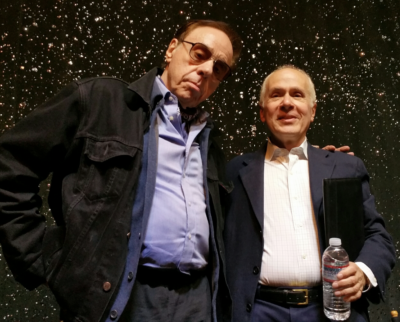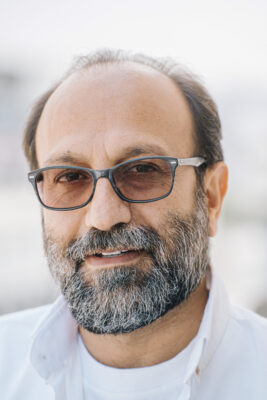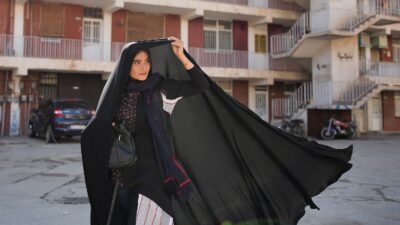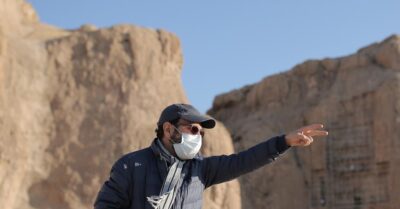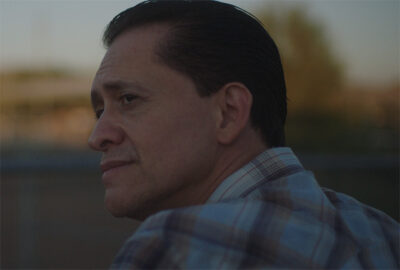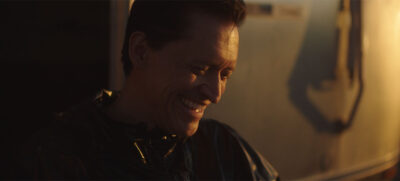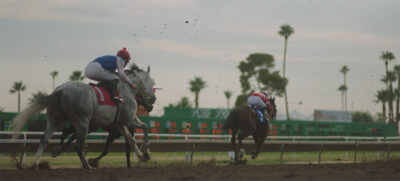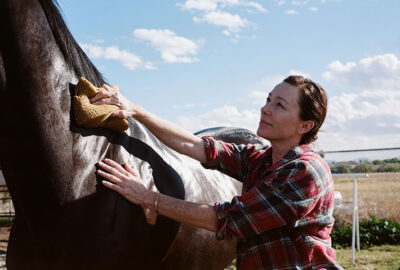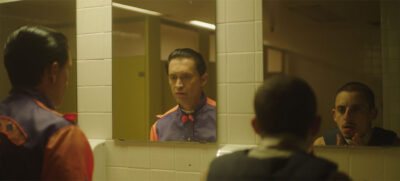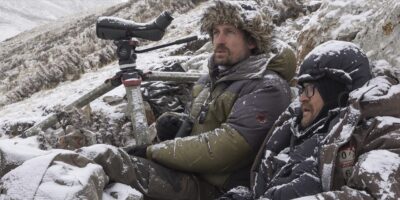The passing of Sidney Poitier, regal, graceful giant of American cinema, rightly sparked a great deal of focus on the powerful pair of Poitier films released in 1967, GUESS WHO’S COMING TO DINNER and IN THE HEAT OF THE NIGHT (which we’ll be screening in October). Greg Laemmle wanted to put in a plug for his personal Poitier favorite, the film for which he won his first Oscar, LILIES OF THE FIELD, which Greg called “a beautiful meditation on what can happen when religion moves us toward a place of love and compassion and away from division.” People everywhere, including world leaders, were moved to pay tribute to Poitier, including Oscar-winning actress-filmmaker Halle Berry. She wrote a terrific remembrance in Variety, which we’ll excerpt and link to:
“I grew up idolizing Sidney Poitier.
“I was around 9 when he flickered into my world on a television replay of GUESS WHO’S COMING TO DINNER. I was a latchkey kid in Cleveland, daughter of a white, single mother and a Black father — whose union their parents had frowned upon. In the film, Sidney and his co-star, Katharine Houghton, play an interracial couple whose parents also struggle with their children’s relationship. There I sat in front of my mom’s old console, mesmerized, as I watched my family’s dynamic play out. For the first time in my childhood, I felt seen. Understood. Validated. The world already knew Sidney, who died last week at 94, as a formidable performer. But I first experienced him as a mirror.
“I watched that film over and over again, through my middle-school years and beyond. By then, my mother had moved our family from a Black enclave in Cleveland’s inner city to the suburbs, where I became one of a few Black students in a sea of Caucasian faces. I was a child who, like my parents’ interracial relationship, never quite fit in. In those years, it was rare to see Blacks in leading roles, much less have our narratives celebrated or even acknowledged. Cicely Tyson and Diana Ross were on the scene, as was the fresh memory of Dorothy Dandridge, the Black actress I idolized as much as I did Sidney. Back then, their mere presence was itself a form of protest. A challenge to the notion of whiteness as humanity’s high-water mark. Still, those images were scarce. As a child born to a white woman and a Black man, I felt alone and misunderstood. GUESS WHO’S COMING TO DINNER, as great art does, was an affirmation that I mattered. Also, it gave others a window into my reality, of what it felt like to navigate the world with both Black and white parents.
“Sidney’s impact on me did not end there. Over the years, I looked to him as a sterling example, as a template of manhood and all that is honorable. I was just 4 when my parents separated, when my father’s alcoholism upended our family. As imperfect as my dad was, as deep of a wedge as his fury drove between us, I loved him, missed him, longed to have him close. In my mind’s eye, and in my father’s absence, Sidney epitomized what a man should be: unflappable and courageous, eloquent and proud, charming and handsome. He even physically resembled my father. I wasn’t yet born in 1964 when Sidney became the first Black man to win an Academy Award for best actor for his role in “Lilies of the Field.” But years later, when I witnessed the moment in a Black History class, I could not look away. Sidney’s grace and poise, the intention with which he spoke, the dignified way he carried himself — all of it resonated with me. Though I hadn’t met him, and did not dream that I ever would, I felt strongly connected to him.”

